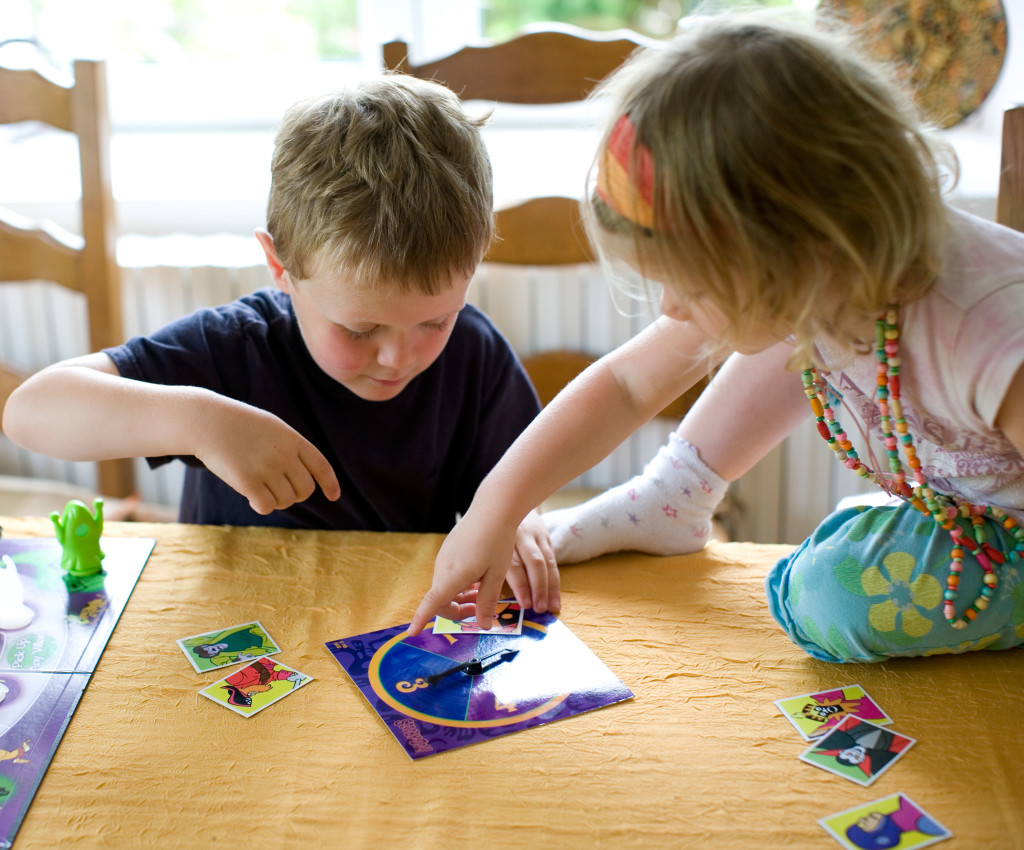Helping learners with autism engage successfully with their siblings is an important goal. The ultimate goal should be for both the sibling and the child with autism to initiate interactions without adult direction.
 Activities should be reinforcing for both kids in order to increase the likelihood that siblings will independently engage in play without prompts by adults. Try to avoid situations where you are requiring the typically developing sibling to engage in an activity just because it is motivating for the learner with autism.
Activities should be reinforcing for both kids in order to increase the likelihood that siblings will independently engage in play without prompts by adults. Try to avoid situations where you are requiring the typically developing sibling to engage in an activity just because it is motivating for the learner with autism.
Don’t expect the sibling to fill the role of “mini-teacher” or “mini-therapist.” While at times the sibling may need to prompt the learner with autism to complete a task or take a turn during a game, when possible be clear that the adult is responsible for guiding the child with autism through activities. The adult can also act as a model for appropriate language and prompting in instances when the sibling is alone with the child with autism. However, your goal is to provide low-pressure play situations for both children. One way to help with this is to introduce activities and games that the learner with autism has mastered so the sibling is less likely to take on the roll as teacher or therapist.
Teach the learner with autism to invite his/her sibling to play. It’s beneficial for both kids if the learner with autism initiates some activities. While introducing games and toys to learners with autism, it’s useful to have highly-motivating games that then become associated with the sibling. This way, when the learner with autism sees the game, he/she automatically thinks of inviting the sibling to play. In ABA terms, the presentation of the game acts as an Sd for inviting the sibling to play.
Allow both kids to have interests that are unshared. It is frequently counterproductive to force play situations. Finding common interests is the key to increasing the likelihood of each child initiating play in the future. If the child with autism is required to participate in un-motivating activities with his/her sibling (or vice versa), the child will begin to associate the sibling with undesirable activities. It is perfectly normal and healthy for both siblings to engage in hobbies, games, and activities that the other is uninterested in.
